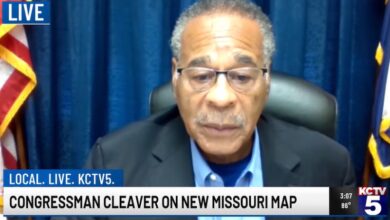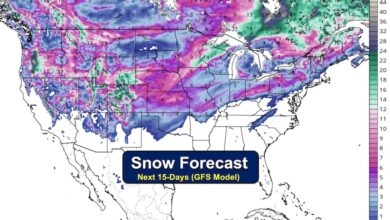New Missouri budget includes jump in public school safety funds, but state still lags behind
The new state budget signed into law dedicates $300,000 to address school safety demands within Missouri’s K-12 public districts. Details are still being worked out about the best way the funds will be distributed, according to Melissa Randol with the Missouri School Boards’ Association (MSBA) She tells Missourinet the state has taken a positive step to help ensure that no child is harmed at school.“Our schools are the safest place in our community in Missouri and actually throughout our country,” Randol says. “We maintain that and we’re proud of that but we need to continue to make sure we can have these environments that are safe for our children. One child being injured, harmed or God forbid killed is intolerable.”
During the 2015-16 school year, Randol’s association distributed $575,000 in state funding to Missouri’s roughly 500 public school districts. The allotment was one of the two years the MSBA received money and the most it received from the state to distribute to schools.
“We’ve had it as a high priority as our association for a number of years but we’re thankful this year that the state of Missouri is kicking in some to help our local school districts make sure that our kids are safe at all times, particularly when they are under our care,” she says.
Former Governors Jay Nixon, a Democrat, and Eric Greitens, a Republican, have both vetoed school safety funding in state budgets from some previous years.
“We don’t have a long history of receiving funding for school safety, but $300,000 is not high but it’s about average,” says Randol.
According to Randol, Missouri ranks near the bottom in school safety funding. She goes on to say the state’s financial commitment does not mean efforts are not being made by Missouri officials. Her association has partnered with a number of state agencies to share information regularly and discuss what can be done collectively.
Randol says the funding involves a multi-faceted approach.
“We are looking at this not as a one-size-fits-all approach but working with school districts to determine what best meets their needs,” says Randol. “We also see school safety as not something that can be addressed exclusively by a school district but it needs to be a partnership with the community.”
The funding could be used to address things like providing security officers, technology upgrades, threats involving weapons and digital mediums, the prevention of suicides, school bus safety, bullying, keeping students safe from sexual predators, addictive prescription drug misuse and mental health issues, among other things.
Suicide is the second-leading cause of death for Americans ages 10-24 and the number of teen suicides has hit an all-time high in Missouri. According to an analysis by the Kansas City Star, 73 children ages 10 to 19 years old killed themselves in 2016.
In March, a student at Kingston High School in eastern Missouri’s Cadet shot himself to death in a school bathroom. The student reportedly sought mental health treatment about four years ago.
Missouri is among a number of U.S. states who let K-12 teachers carry concealed guns on school grounds. Randol says many of the districts who have armed teachers are ones who do not have law enforcement nearby. Missouri educators who are packing on school property are required to complete training.
The funding could also help to focus efforts on Missouri’s School Violence Hotline, which has not had a financial commitment from the state in several years. The hotline still exists today but with restricted work. It allows the public to report anonymous information about school violence by phone, online, an app or through text messaging.







